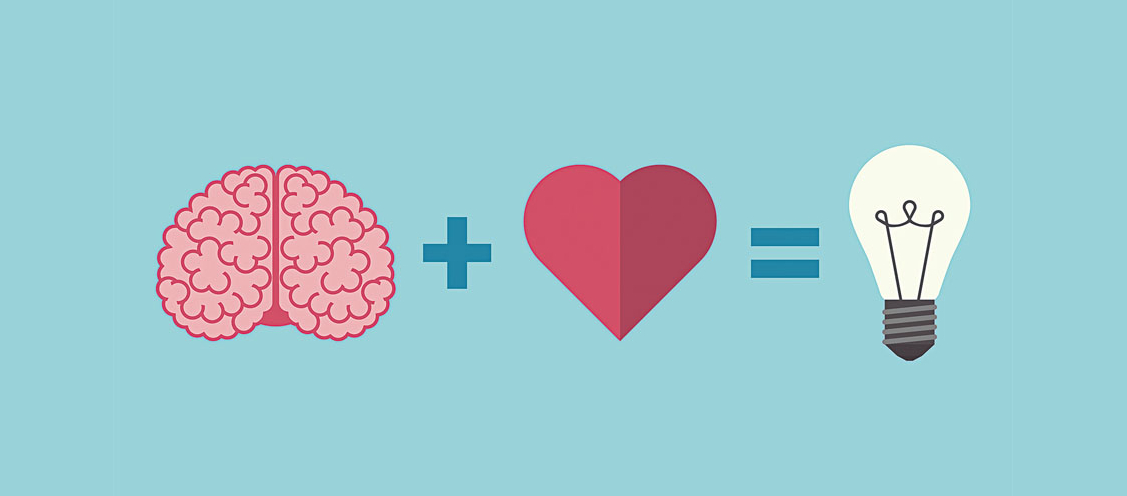Take a moment to think about how you’re feeling right now, reading this blog post. If you had to describe this feeling in one word, which would you choose? If you’re finding this task difficult, then you’re probably not alone. Teachers are notorious for finding it difficult to assess their own emotions, because we regularly dedicate our working day to considering the emotional well-being of others.
In fact, it’s nearly as difficult for us to think about our feelings as it is to curb our obsession with stationery, and we really love stationery. Now think about how you felt the last time you were in class. Did you go into class feeling one way, and come out feeling completely different?
But why are we talking about teachers, when this post is all about increasing the emotional intelligence of our students? Well, believe it or not, we are the nucleus of the emotional environment in the classroom and our actions can have a significant effect on how our students behave and interact with each other on an emotional level. Affective factors form part of our fundamental building blocks for learning, so it’s important that we get it right.
So, how can we increase students’ emotional intelligence in class and make sure affective factors don’t hinder learning? Here are some simple ideas to implement in your classes that require no preparation:
Speak to your students
Nothing makes students happier than talking about what’s going on in their lives, so make an effort to show an interest in what students have done outside of the classroom. If you know a student didn’t do well in an exam, lost a football match, or has fallen out with his or her best friend, you will be prepared for any emotional reactions that particular student may have in class.
Celebrate their successes
Ask students about their achievements outside of the classroom and celebrate any personal successes they tell you about. This will help everyone to understand that they are all more than learning machines, and that those students who are not the best at English will have other abilities. And don’t forget to tell them about your own personal successes!
Tell them how you're feeling
When your students behave in a certain way and this has an effect on your emotions, it’s important to tell them: they need to understand that their actions have consequences. It doesn’t have to be something bad; we can also tell students when their behaviour is having a positive impact on our emotions. If we can’t do this with words because of language level, then we can use emotion flashcards or little drawings on the board.
Get students to focus on their classmates' feelings
Children and teenagers are often so focused on themselves that they forget to consider how their classmates are feeling, or how their actions might affect the emotional environment in the classroom. Conduct activities in which students have to talk about their feelings or guess another student’s feelings. This is great for learning to appreciate others, recognising emotions and language learning all in one go.
Sit up straight
If you are reading this blog sitting on a chair, are you sitting up straight or are you slouching? Slouching can lead to negative emotions in class, so teach students that sitting correctly on their chair will not only improve their posture, but it will make them feel better too.
Promote praise
Praise is a very useful classroom tool because it encourages students to recognise what they have done well. We often focus on how students need to do better but forget to tell them when they’ve done something well. Encourage students to recognise when to give themselves a pat on the back and also encourage them to praise each other for work well done.
Integrate quick mood boosters
It’s important to appreciate when students are not in a mood that is conducive to learning and to respond to this. Encourage students to tell you when this is the case so you can change the focus of the lesson to accommodate their mood. A great way to react to a bad mood moment is by integrating short mood-boosting activities. For example, students could sing their favourite song when they are doing an activity or draw a picture of their ideal holiday.
Have visual support in the classroom
Create or find posters on how to manage difficult situations and what to do when students are feeling sad or tired. You could also ask students to make posters showing different emotions and then ask them draw something which makes them feel that way. Strong visual reminders around the classroom will help students to consider their emotions more in their day-to-day lives.
Emotional status report
Getting students to assess their emotional status during a lesson can be a great way of both understanding them better and getting them to think more about how they are feeling. They can do this with emojis or images as well as words, at any moment during the class. Try asking students to assess their emotions at the beginning and at the end of the lesson to see if anything has changed.
Funny memory pot
You know when something really funny happens in class and nobody can stop laughing for five minutes? I keep my own list of the funny things my students have said or done, and every time I take a look at it, I have a good chuckle Why not have a list like this in class and remind students of one of those funny times when they are having a difficult day, or at the end of a long, hard term? You know what they say, laughter really is the best medicine.
For more information about Karen McGhie visit https://london-school.com/teacher-training/our-tutors/










